We put together more fun facts and pictures of these amazing animals in an e-book! Get your free ebook over email.
Fish
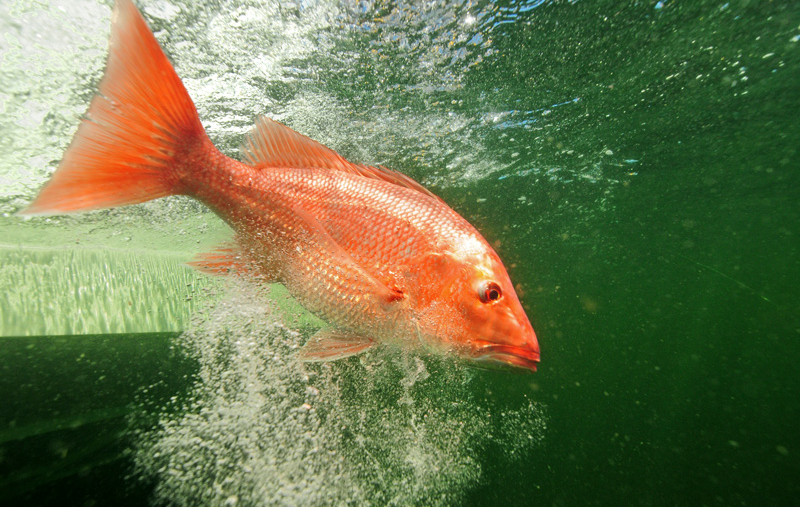
Fun Facts
- Some species of fish, like the Goliath Grouper, can grow to enormous sizes, weighing up to 800 pounds (thats more than an adult grizzley bear!). The Goliath Grouper is the largest grouper in the western Atlantic.
- Goliath Groupers, despite having three-five rows of teeth, swallow prey whole and do not chew!
- Red snapper eggs float on the surface, and hatch within a day!
Spotting from Shores
- While some smaller fish may be visible from shores, larger fish like Grouper and Red Snapper tend to inhabit deeper waters and may not be easily spotted without snorkeling or diving.
Flounder

- Flounders are one of the most difficult fish to spot in the ocean because of their awesome camouflage! This is all thanks to their flat body type and their special cells called “chromatophores” which allow them to blend into their surroundings.
- To catch their prey/food, flounders lay completely motionless on the seafloor until their prey comes within distance, where they pounce and grab it super swiftly and quick! This is why they are considered ambush predators.
- You can spot flounders during deep sea fishing or scuba diving off the coast of the beach! They are commonly found near docks or rocky structures!
You are most likely to see this animal at Flounders in Pensacola! Click the button to learn more.
Black Snapper
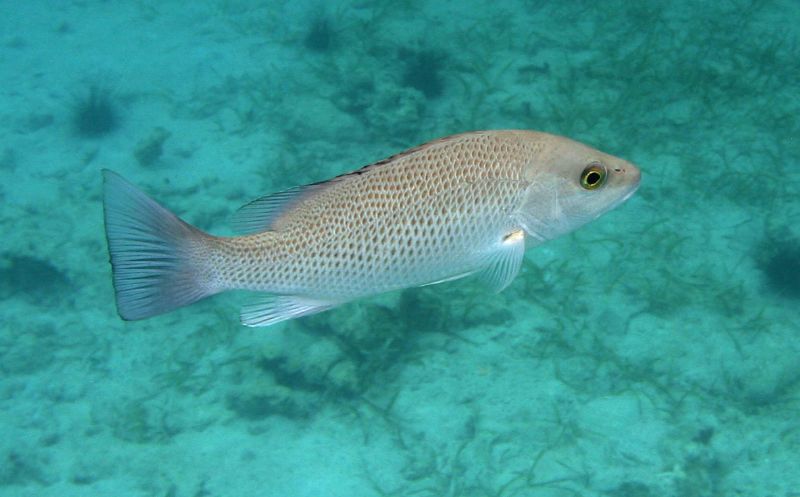
- Black snappers are one of around 105 species of snapper fish!
- Black snappers are also called gray snappers, mangrove snappers, or mango snappers!
- Juvenile black snappers have darker colors than adult snappers, meaning their colors fade through time!
- You can spot Mangrove snappers deep sea fishing or scuba diving! They are common to catch during deep sea fishing, and they are great to eat!
You are most likely to see this animal at Sky Bar in Destin! Click the button to learn more.
Bream Bass
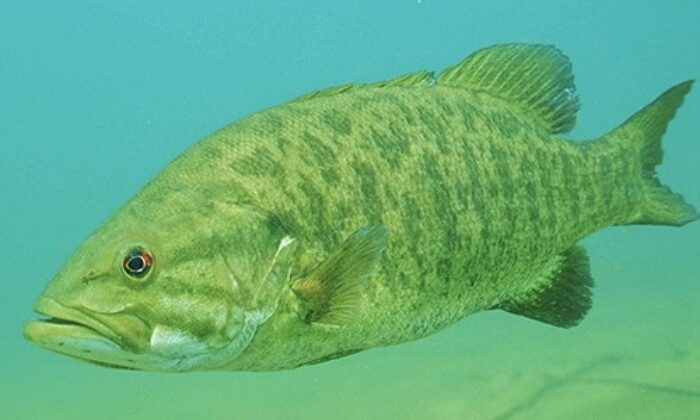
- Bream Bass are a part of the sunfish family!
- Bream fish can swim backward when necessary, a unique capability that aids in navigating various underwater terrains and escaping predators.
Bream fish have a diverse diet. They are opportunistic feeders and consume various foods like insects, crustaceans, and vegetation. Their adaptable diet allows them to thrive in different environments.
You are most likely to see this animal at Baytown Wharf in Sandestin location! Click the button to learn more.
Spanish Mackerel

- Spanish mackerel typically migrate towards Mexico during the winter!
- They can reach an average speed of 18 feet per second!
- Spanish mackerels can lay anywhere from 500,000 to 1.5 million eggs during a single mating season!
- You can spot Spanish Mackerel near the fishing piers and during deep sea fishing! Spanish Mackerel can also be spotted in flats with vegetation!
You are most likely to see this animal at Uncle Ernie’s in Panama City! Click the button to learn more.
Drums
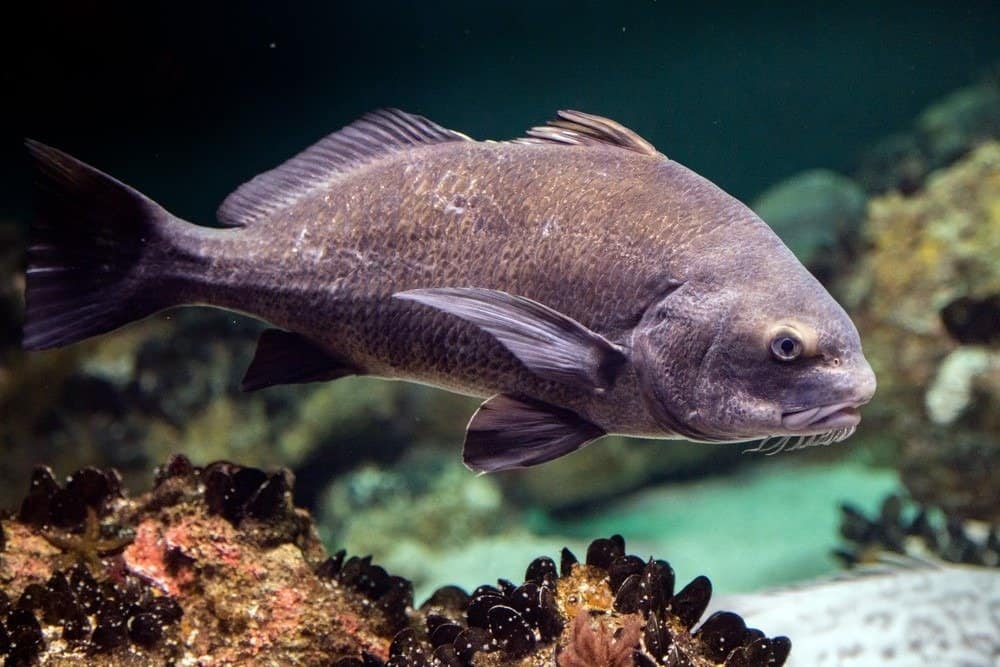
- Drum fish, or croakers, get their name from the deep drum-like sound they make using their fish bladder!
Drum fish have unique teeth like molars at the back of their mouths. These teeth help them crush and grind their food because they usually eat things found at the bottom of the water, like shells and small invertebrates.
You are most likely to see this animal at Boondocks in Panama City! Click the button to learn more.
Brown Catfish
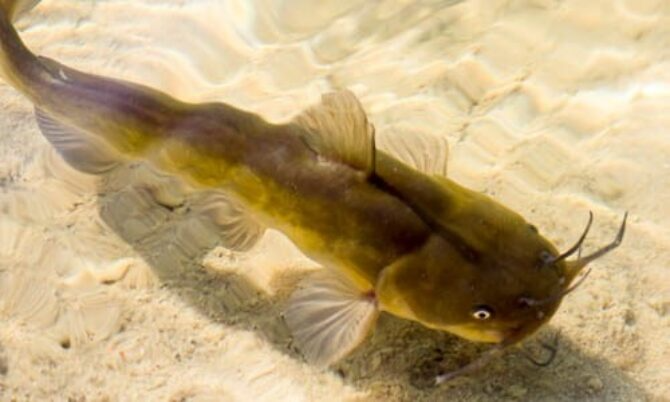
- Brown catfish have whiskers, called barbels, with taste buds that help them find food in murky waters.
- Catfish are unique because, unlike most fish, they don’t have scales. Instead, their skin is smooth and covered with a protective slimy layer, helping them adapt and survive in various aquatic environments.
- You can spot brown catfish in the water! They are common to catch from the shore and they do not swim too deep!
You are most likely to see this animal at The Original Oyster House in Gulf Shores! Click the button to learn more.

Fun Facts
- Crappies make their homes, called nests, in the shallow parts of the water where they lay their eggs. It’s like building a crib for their baby fish in safe, shallow water!
Black crappies have a cool pattern with dark spots all over their bodies! White crappies are different; they have dark stripes that run down their sides. Each type of crappie has its own special look!
- You can spot Crappies near shallow waters such as rivers and lakes! Commonly near shallow waters and shorelines!
You are most likely to see this animal at Baytown Wharf in Sandestin! Click the button to learn more.
Dolphins and Whales

Fun Facts
- Bottlenose dolphins are highly intelligent and social animals, often seen playing and riding the bow waves of boats.
- A new bottlenose dolphin species was just discovered along the South Carolina coast named Tamanend’s bottlenose dolphin. They were found to have smaller spines, thought to help with navigating through the tight rivers and estuaries. They can found from Florida to New York!
- Dolphins sleep with with one half of their brains turned off! This allows them to sleep, but still keep an eye out for potential predators.
- Whales are classified into two groups, Toothed Whales (Odontocetes) and Baleen Whales (Mysticetes)
Spotting from Shores
- Bottlenose dolphins are relatively easy to spot from shores, especially in areas where they are known to frequent. Whale sightings may be rarer but can occur during migration seasons.
Sharks
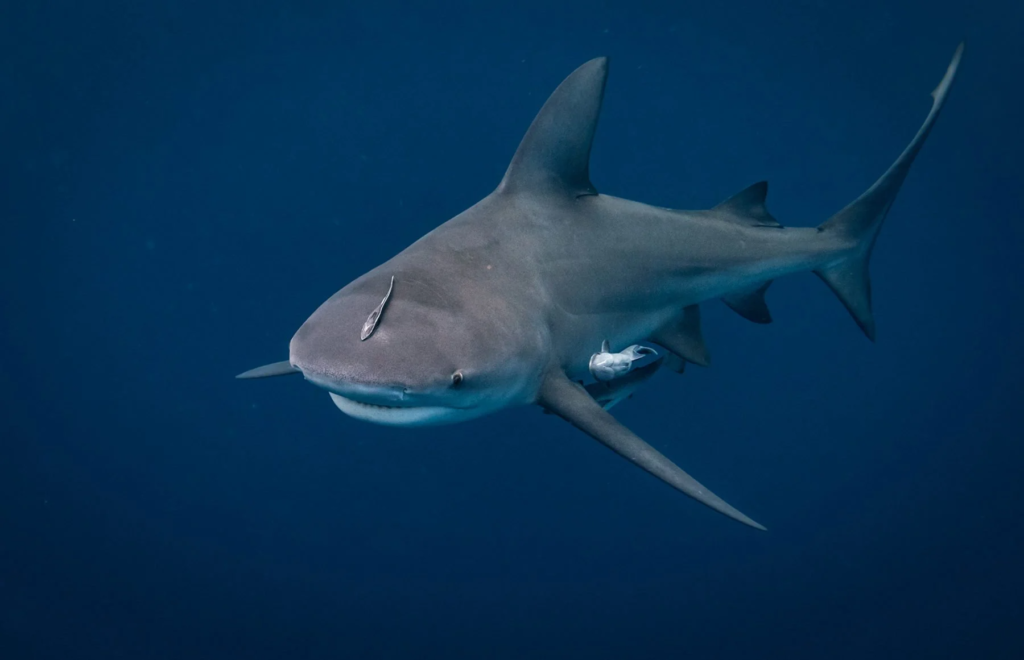
Fun Facts
- Bull sharks are known for their ability to tolerate both freshwater and saltwater environments, allowing them to swim far up rivers and estuaries.
- Bull sharks decide where to live based on age! Juvenile bull sharks tend to stay in freshwater habitats, but as they age, they begin to opt for more saltwater habitats.
- Sharks have an extra electro-reception sense that allows them to sense electromagnetic fields and changes in water temperature through tiny black dots along their snout.
Spotting from Shores
- Shark sightings from shores are less common than their other marine companions, such as dolphins, due to their preference for deeper waters. Occasional sightings or encounters are possible and an awesome sight to catch! Just remember to keep your distance and admire from afar!
Turtles
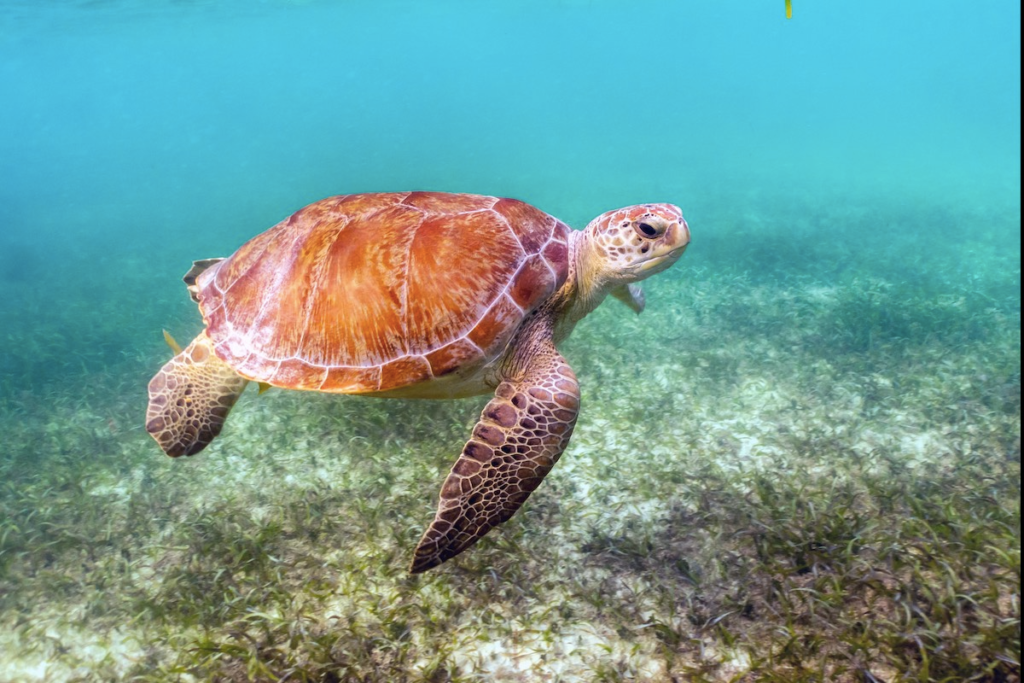
Fun Facts
- Sea turtles are amazing survivors, living over 100 million years and even outlasting the dinosaurs.
- Sea Turtles do not retract into their shells, they ARE their shells! Their spine actually fuses into their shells.
- Sand temperatures determine the sex of the sea turtle hatchlings! Warmer sand leads to females, while cooler sand leads to males.
Spotting from Shores
- Sea turtles can sometimes be spotted from shores, especially during nesting seasons. Nesting turtles may come ashore at night to lay eggs.
- If you see a sea turtle or its nest, remember they’re endangered: don’t disturb them. You can help by reporting sightings to local wildlife authorities to aid in their protection and conservation. If you are in Alabama 866-732-887853
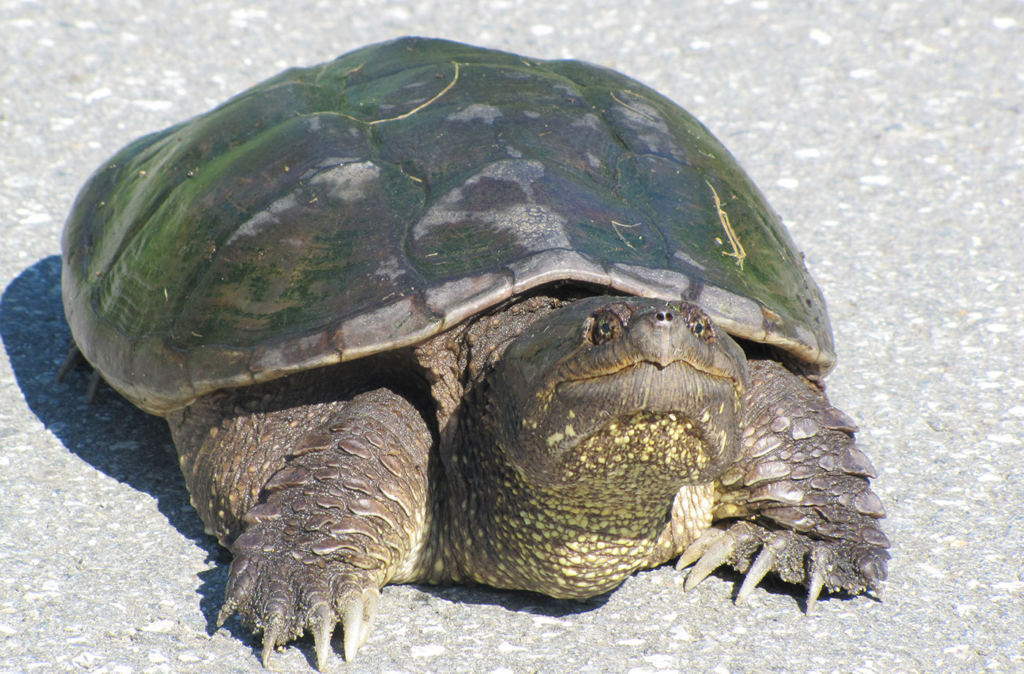
Fun Facts
- Snapping turtles have very strong jaws and a sharp, beak-like mouth. This allows them to catch and eat a variety of prey, such as fish and frogs, with a powerful snapping motion, hence their name.
- Snapping turtles prefer to be active at night, using the cover of darkness to hunt and explore their surroundings, showcasing their nocturnal nature.
- Snapping turtles can be spotted near the shores of ponds and lakes, especially in areas where they are known to inhabit.
You are most likely to see this animal at Live Bait in Orange Beach! Click the button to learn more.
Crustaceans
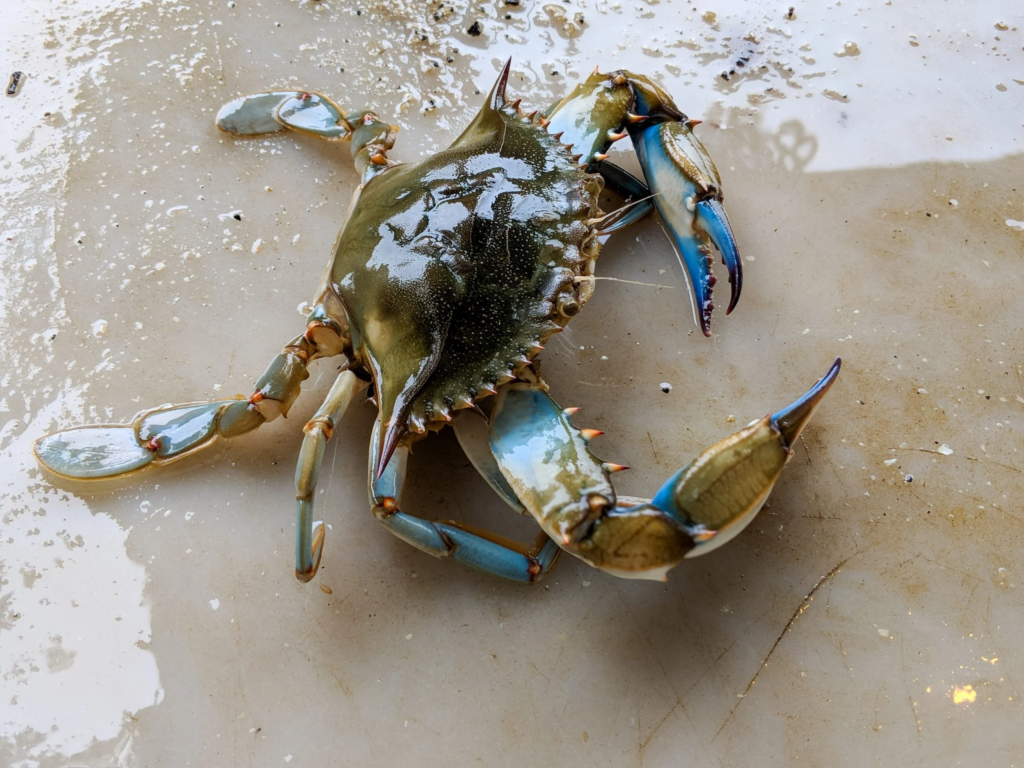
Fun Facts
- Blue crabs are named for their blue color but can appear green or brown due to camouflage.
- Blue crabs specifically have developed hind legs over time that form paddles to help with swimming!
- Crabs can walk in all directions, but mostly choose to run and walk sideways!
Spotting from Shores
- Blue crabs are not usually visible from the shores, as they inhabit estuaries and shallow waters.
Invertebrates
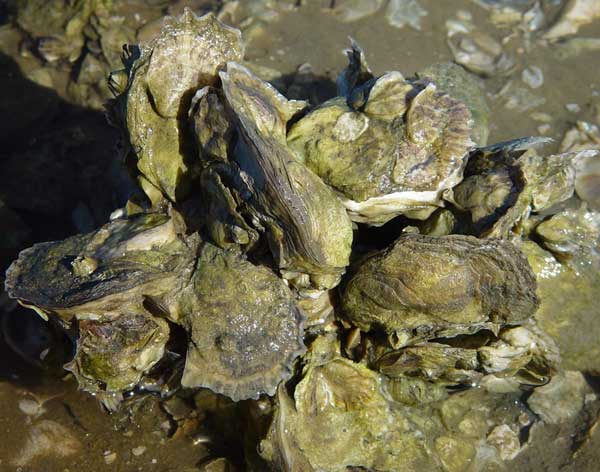
Fun Facts
- Oysters can filter large amounts of water, helping improve water quality and clarity.
- Oysters can change their genders throughout their lifetime! They typically start as males, and end as females.
- Oysters get their flavor depending on the environment they inhabit!
Spotting from Shores
- Oyster beds and clam beds are generally not visible from shores, but their shells might wash up on beaches.
Corals
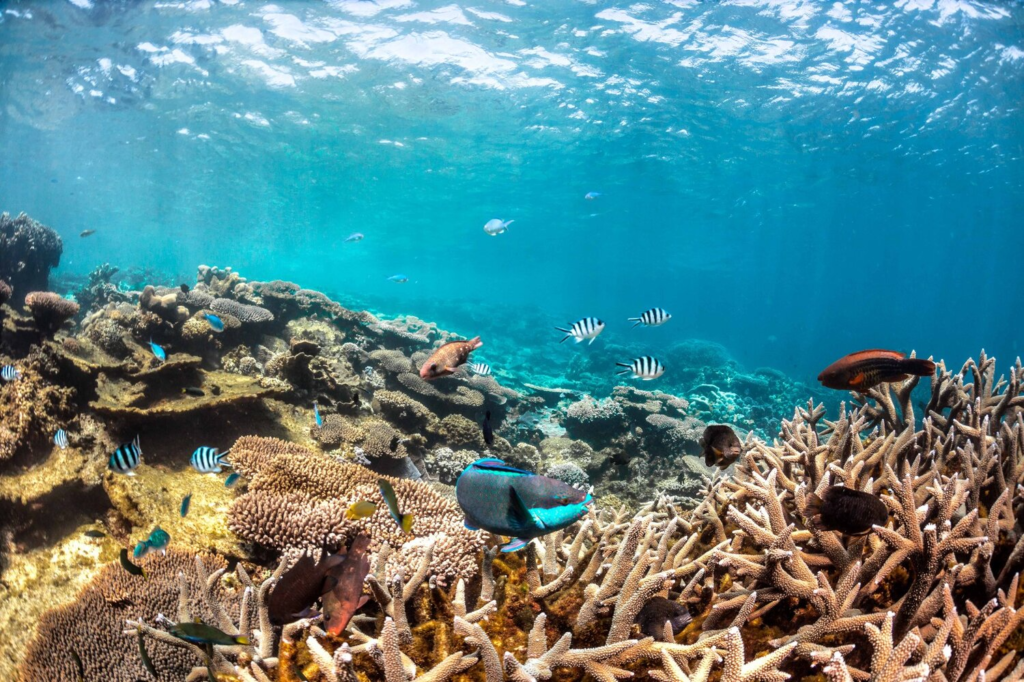
Fun Facts
- Coral reefs are often referred to as the “rainforests of the sea” due to their incredible biodiversity.
- Even though corals are attached to the ocean floor, corals can actually move and eat plankton & small fish!
- Corals do not have brains! Instead, they have a system called a nerve net.
Spotting from Shores
- Coral reefs are typically found in deeper waters and are not easily visible from shores without snorkeling or diving.
Seagrasses and Mangroves

Fun Facts
- Mangroves provide vital nursery habitats for many marine species, including juvenile fish and crustaceans.
- There are 72 different seagrass species!
- Sea grasses are mostly found in shallower waters so that they can reach sunlight.
- Sea grasses act as food for many animals, such as manatees, sea turtles, birds, and more!
Spotting from Shores
- Mangroves may be visible from shores in some areas, and you might see seagrass beds close to the shore. These habitats are important for shoreline protection.
Jellyfish and Cnidarians
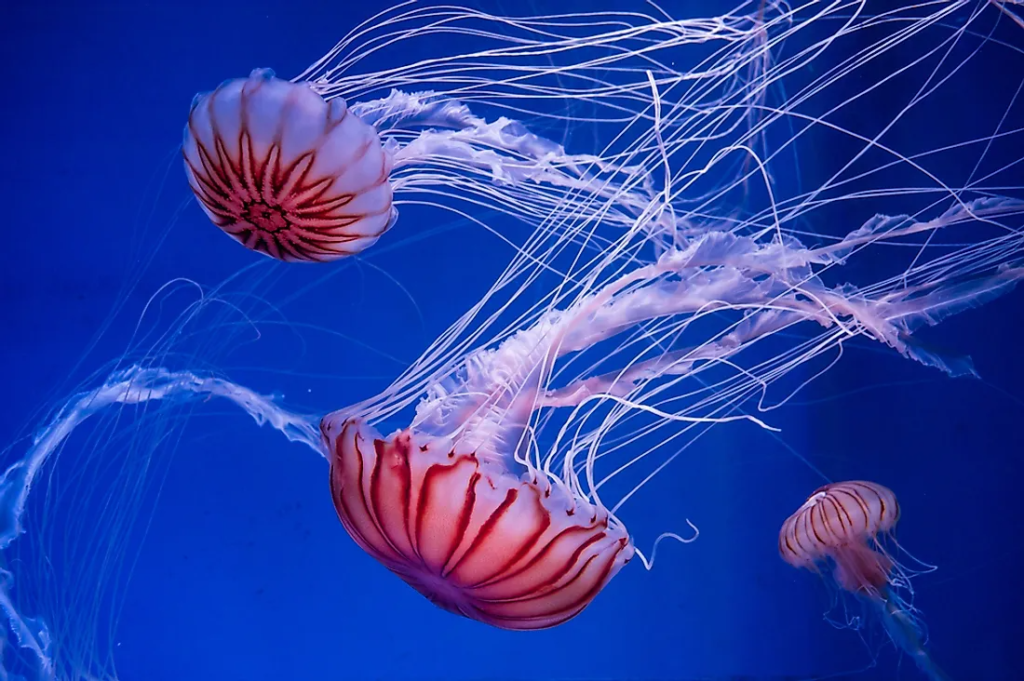
Fun Facts
- Some jellyfish species are bioluminescent, producing their own light.
- Jellyfish are remarkable creatures, composed mostly of water—about 95%! They’re incredibly simplistic yet fascinating, as they lack brains, hearts, and lungs, navigating and surviving in the ocean’s mysterious realms through their unique, gelatinous bodies.
- Jellyfish sizes differ vastly between species. The smallest, the irukandji box jellyfish, can measure 1-2 cm in diameter, and the biggest, the lion’s mane jellyfish, can measure around 120 ft!
Spotting from Shores
- Jellyfish can sometimes wash ashore, especially after storms. However, spotting them in the water from shores is less common.
Sponges and Anemones

Fun Facts
- Sponges are considered one of the simplest multicellular organisms and come in various shapes and sizes.
- Sponges do not have organs, instead they have specialized cells!
- Sponges can reproduce sexual or asexual!
- Sponges have tiny hairs, called cilia, that they use to move and propel themselves through water!
Spotting from Shores
- Sponges and anemones are typically found underwater and are not easily spotted from shores without diving or snorkeling.
Starfish

Fun Facts
- Starfish can regenerate limbs, and can actually build a whole new body from one single limb! They have all vital organs in each limb, so if one limb gets cut off, a new starfish will form from the lost limb, and the limb lost on the original starfish will regenerate also!

